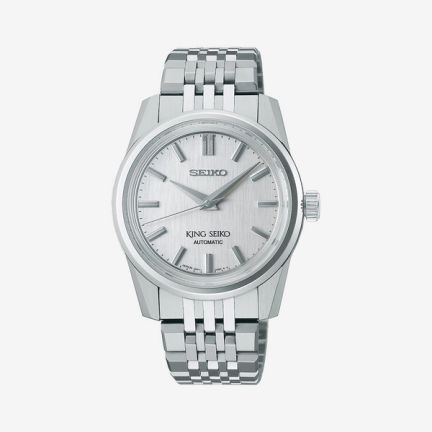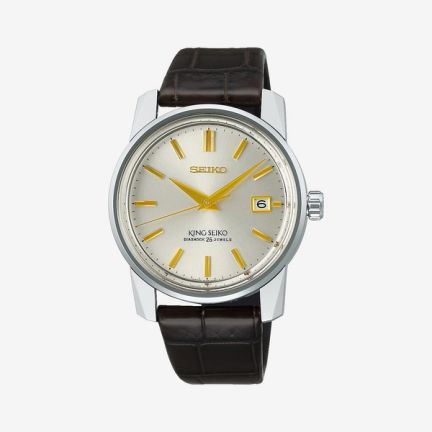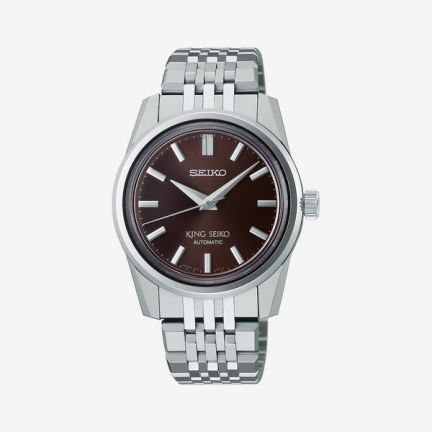In Japan, they don’t have a King — they have an Emperor. For over two thousands years, this stoic head of state has been based in blossoming Tokyo, where the opulent Imperial Palace sits pretty in the city’s ‘Chiyoda’ ward.
Scarcely a mile from the pomp and pageantry of the Emperor’s palace, you’ll find Ginza — a district of the ‘Chūō’ ward and the birthplace of Seiko watches. The globally-renowned brand wound its first watch in 1881, when founder Kintarō Hattori kicked off a legacy of fine product lines from the ‘Presage’ to the ‘Prospex’. And, just as these Emperors have kept the country in line, Seiko has kept the country’s time.
In 1959, almost eight decades into the Seiko story, the Japanese watchmaker established two independent subdivisions to foster internal competition and spur development; the Suwa Seikosha factory, in the Nagano prefecture and Daini Seikosha factory, in the ‘Kōtō’ ward of Tokyo. This amiable rivalry saw rich returns, with Suwa Seikosha launching the Grand Seiko sub-brand in 1961. That same year, Daini Seikosha enthroned its own majestic marque; the venerable King Seiko.
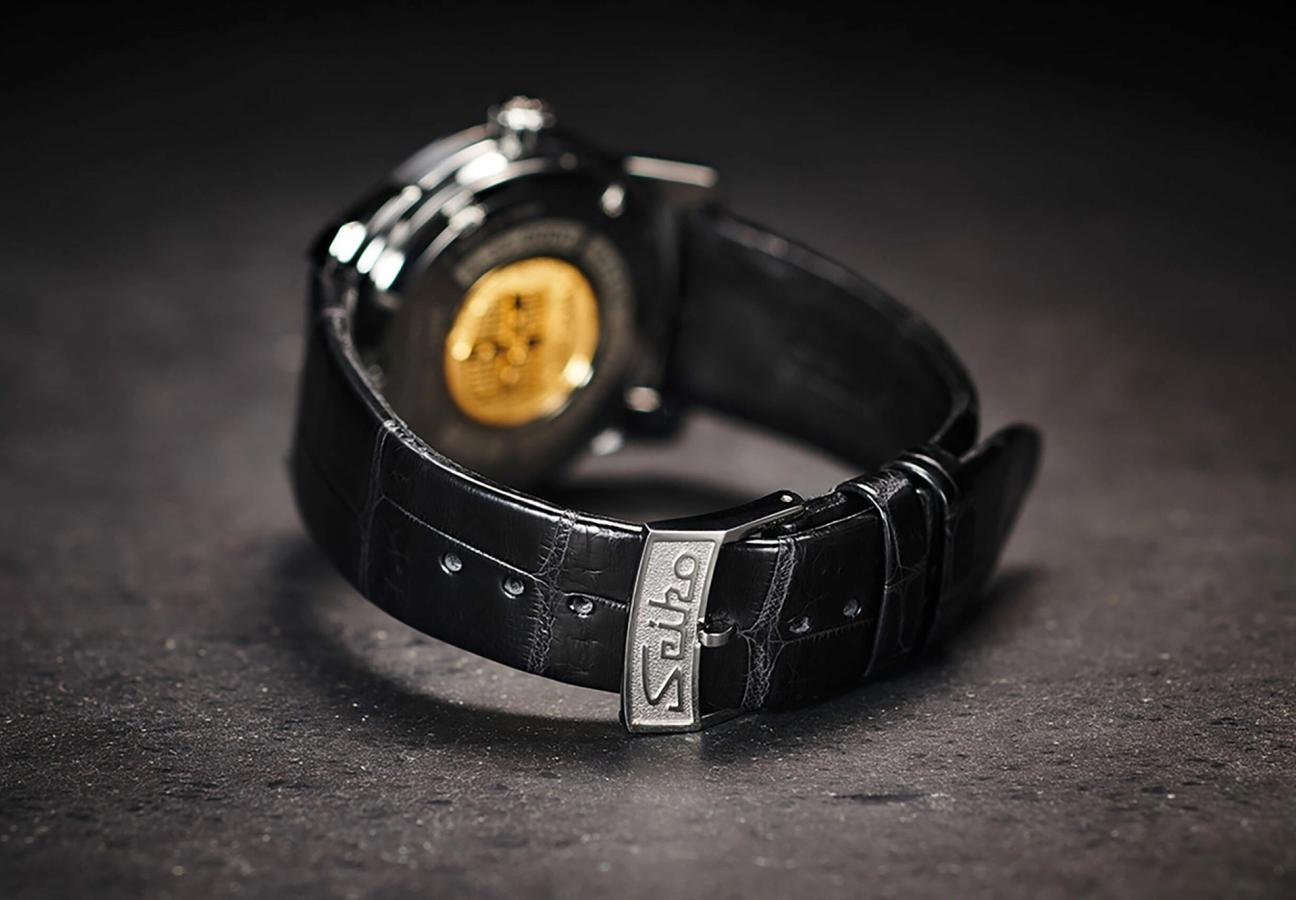
King Seiko was established with a single, simple purpose; to deliver handsomely-designed, meticulously-finished mechanical watches — timepieces on par with Switzerland’s best. And the Tokyo-based manufacture managed just that. By fixing manual winding movements into highly-decorated, sleek cases (automatics were also available), the marque married fashion with function, and captured the imagination of its loyal customers anew.
These celebrated watches, and the movements that made them tick, remained in constant production until 1975 — by which point another noble model, the Seiko Lord Matic, had been sworn in. Many of these mechanisms were also ousted by the quartz revolution, and the sub-brand became dormant. This year, however, has seen the return of the King; with a new collection of Seiko models unveiled to underline just how far the watchmaker has come.
Still committed to craftsmanship, and with another half-century of history buckled under the brand’s watch strap (all movements, for example, are developed in-house), the new King Seiko collection launched across the world in February. Each of the vintage-tinged 37mm models share a distinctively sharp, angular design — one inspired specifically by the 1965 King Seiko ‘KSK’, the second series ever released by the marque.
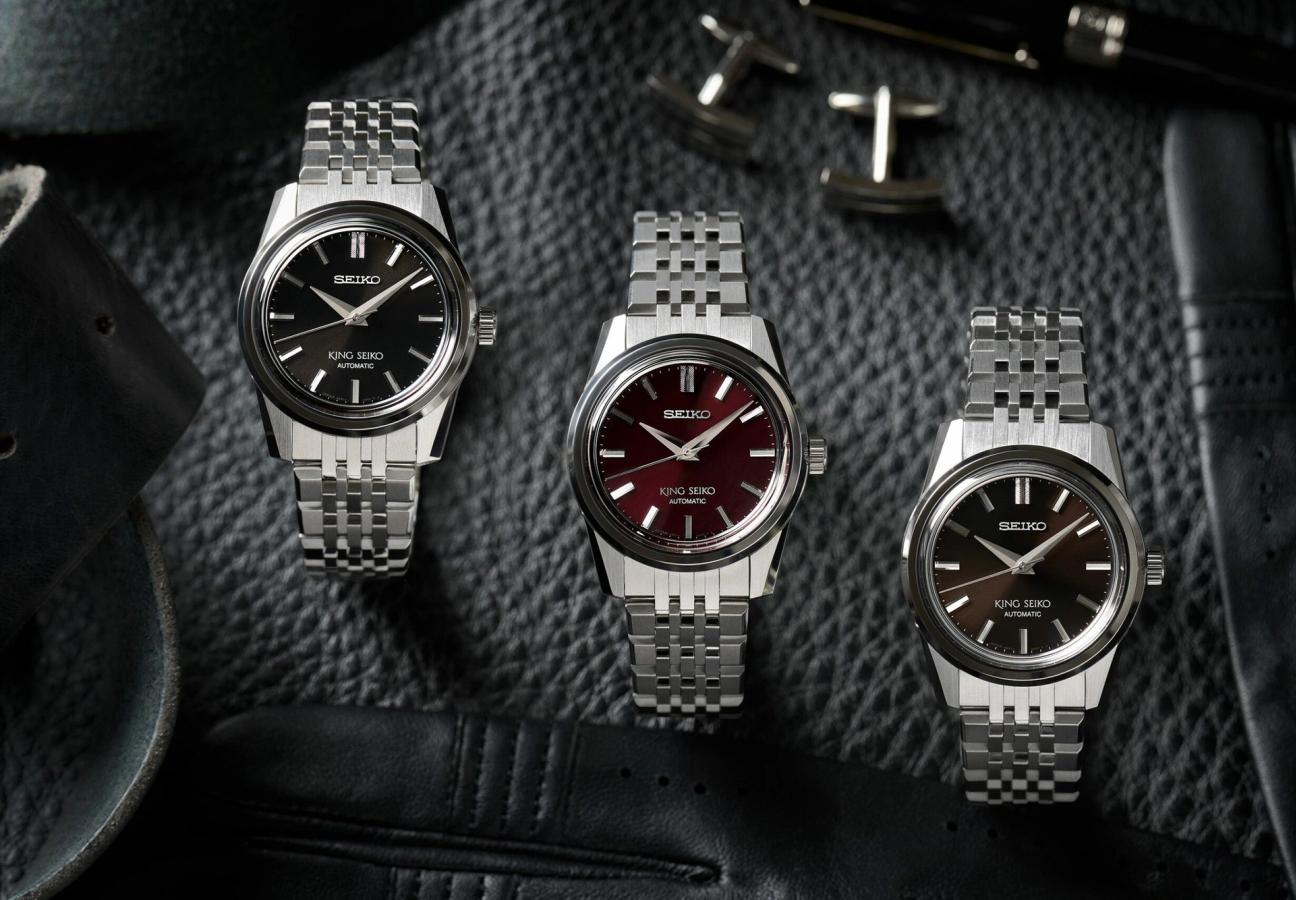
The new watches are powered by the brand’s calibre ‘6R31’, delivering a power reserve of 70 hours and water resistance to 100 metres. The dial designs vary; from hairline-finished light grey to charcoal, burnished brown to deep red, but the watches all share the same stainless steel case, elegant boxed-shaped, anti-reflective sapphire crystals — and the silvered bracelets pay homage to the design of the original King Seiko series, with their many bevelled surfaces.
Four of the five models feature sunray-finished dials, across which tick katana-sharp, razor-edged hands. Like the lugs on the cases, the indices are faceted, with the twelve o’clock marking twice the width of the others, and bestowed with a brightly-patterned texture for the utmost legibility. One of the contemporary quintet even borrows the exact silver dial shade from the original 1965 ‘KSK’ model.
This most-famous historic King Seiko has subsequently inspired another limited edition addition to the collection. The ‘140th Anniversary Limited Edition Re-Creation of the KSK’ is a champagne-dialled design created to mark the fifteen-decade milestone since Seiko itself was founded. With refined gold hands and a King Seiko crest mark on both the crown and casebook, the watch’s bracelet is also derived from the original 1960s design — a black crocodile leather strap.

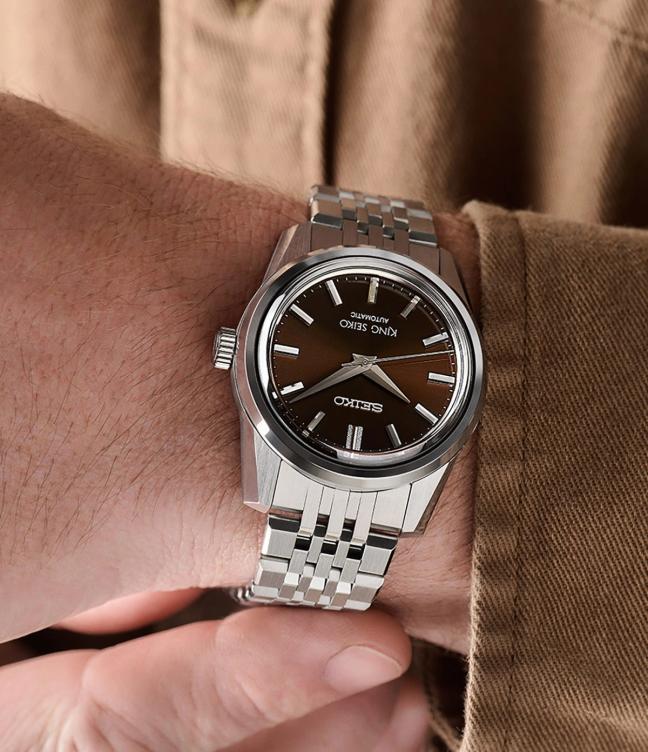
It’s also limited to 1,700 pieces worldwide, which makes this exclusive edition the crowning glory of the reborn King Seiko range. It was launched earlier this summer alongside another limited run model; the lavender-dialled King Seiko ‘Kameido’, which itself takes its distinctive colour from the wisteria that grows over the Kameido Tenjin Shrine. A restored landmark, the shrine can be found in the ‘Kōtō’ ward of Tokyo, the same region in which Daini Seikosha developed the magnificent marque.
Which brings us back to that storied, spectacular history. Because, ever since Kintarō Hattori opened his watch and clock shop in central Tokyo (mere minutes from the Imperial Palace) the brand has approached its craft with the same majestic, princely precision and diligence of the nation’s esteemed Emperor. And, with the return of King Seiko — the undisputed crowning glory of the watchmaker’s regal range — we have proof that the brand still reigns supreme.
Want more of the best men’s accessories? Step into the exquisitely elegant world of E.Marinella…,
Become a Gentleman’s Journal member. Find out more here.

Become a Gentleman’s Journal Member?
Like the Gentleman’s Journal? Why not join the Clubhouse, a special kind of private club where members receive offers and experiences from hand-picked, premium brands. You will also receive invites to exclusive events, the quarterly print magazine delivered directly to your door and your own membership card.

